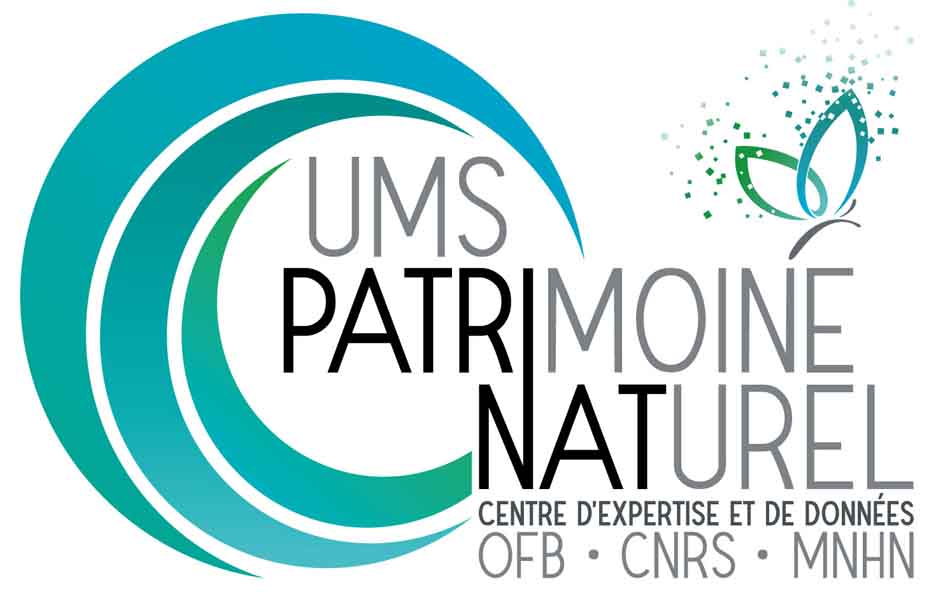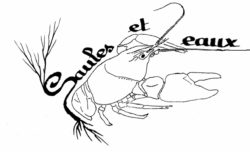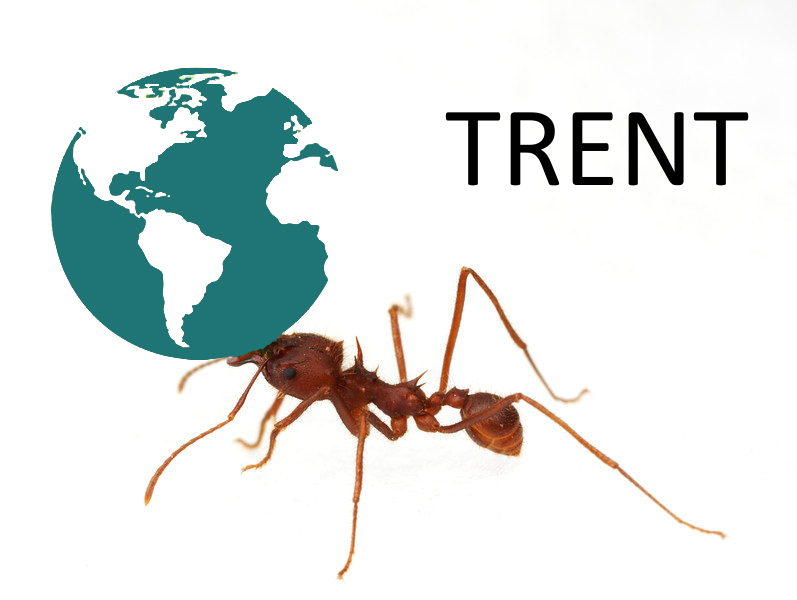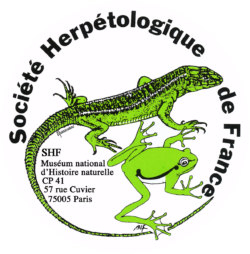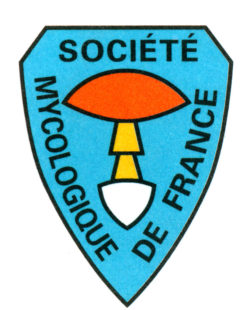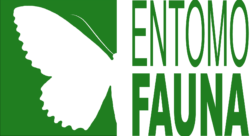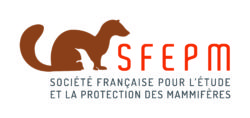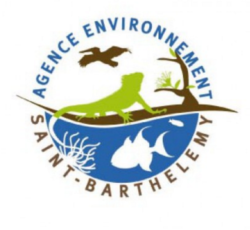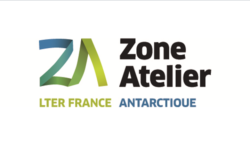Références bibliographiques relatives au groupe des insectes coléoptères
Pour rechercher un mot clé dans la page, taper le mot dans l’outil « rechercher » de votre navigateur.
Pour télécharger le document cliquez sur le rond bleu.
Ameixa, O. M. C. C., & al. 2019. Factors influencing the introduction and spread of Harmonia axyridis in the Iberian Peninsula. Biological Invasions 21(2): 323-331.![]()
Baker, M., & al. 2001. Invasions on Large and Small Scales: Management of a Well-established Crop Pest, the Colorado Potato Beetle. Biological Invasions 3(3): 295-306.![]()
Barnouin, T. & Zagatti, P. 2017. Les Salpingidae de la faune de France (Coleoptera enebrionoidea). L’Entomologiste, 73(6): 353-386.
Beenen, R. Roques, A. 2010. Leaf and Seed Beetles (Coleoptera, Chrysomelidae). BioRisk 4(1): 267-292.![]()
Bray, A., & al. 2011. Genetic analysis of emerald ash borer (Agrilus planipennis Fairmaire) populations in Asia and North America. Biological Invasions 13(12): 2869-2887.![]()
Buckland, P., & al. 2009. A failed invader in the North Atlantic, the case of Aglenus brunneus Gyll. (Col., Colydiidae), a blind flightless beetle from Iceland. Biological Invasions 11(6): 1239-1245.![]()
Carter, M., & al. 2010. Genetic analyses of the Asian longhorned beetle (Coleoptera, Cerambycidae, Anoplophora glabripennis), in North America, Europe and Asia. Biological Invasions 12(5): 1165-1182.![]()
Ceryngier, P., & al. 2018. Predators and parasitoids of the harlequin ladybird, Harmonia axyridis, in its native range and invaded areas. Biological Invasions 20(4): 1009-1031.![]()
Cocquempot, C., Lindelöw, Å. 2010. Longhorn beetles (Coleoptera, Cerambycidae). BioRisk 4(1): 193-218.![]()
Crookes, S., & al. 2019. Comparative functional responses of introduced and native ladybird beetles track ecological impact through predation and competition. Biological Invasions 21(2): 519-529.![]()
Cuddington, K., & al. 2018. Probability of emerald ash borer impact for Canadian cities and North America: a mechanistic model. Biological Invasions 20(9): 2661-2677.![]()
Denux, O., & Zagatti, P. 2010. Coleoptera families other than Cerambycidae, Curculionidae sensu lato, Chrysomelidae sensu lato and Coccinelidae. BioRisk 4(1): 315-406.![]()
DeSantis, R. D., & al. 2013. Effects of climate on emerald ash borer mortality and the potential for ash survival in North America. Agricultural and Forest Meteorology 178–179: 120-128.![]()
Diaz, R., & al. 2012. Effect of elevated CO2 on tropical soda apple and its biological control agent Gratiana boliviana (Coleoptera: Chrysomelidae). Biocontrol Science and Technology 22(7): 763-776.![]()
Dolgovskaya, M. Y., & al. 2016. Host specificity of Asian Chrysochus Chevr. in Dej. (Coleoptera, Chrysomelidae: Eumolpinae) and their potential use for biological control of invasive Vincetoxicum species. Entomological Review 96(7): 826-830.![]()
Dosdall, L., & al. 2009. Responses of Chalcidoidea (Hymenoptera) parasitoids to invasion of the cabbage seedpod weevil (Coleoptera: Curculionidae) in western Canada. Ecological Impacts of Non-Native Invertebrates and Fungi on Terrestrial Ecosystems. D. Langor and J. Sweeney, Springer Netherlands: 109-125.![]()
Duan, J. J., & al. 2013. Hymenopterian parasitoids attacking the invasive emerals ash Borer (Coleoptera: Buprestidae) in Western and Central Pennsylvania. » The Florida Entomologist 96(1): 166-172.![]()
Filho, W. M., et al. 2018. The impact of the introduced Digitonthophagus gazella on a native dung beetle community in Brazil during 26 years. Biological Invasions 20(4): 963-979.![]()
Flower, C. E., & al. 2012. Impacts of the emerald ash borer (Agrilus planipennis Fairmaire) induced ash (Fraxinus spp.) mortality on forest carbon cycling and successional dynamics in the eastern United States. Biological Invasions 15(4): 931-944.![]()
Goryacheva, I., & al. 2017. Heritable bacterial endosymbionts in native and invasive populations of Harmonia axyridis. Biological Invasions 19(2): 493-502.![]()
Grevstad, F. S. 1999. Experimental Invasions Using Biological Control Introductions: The Influence of Release Size on the Chance of Population Establishment. Biological Invasions 1(4): 313-323.![]()
Guo, J.-Y., & al. 2011. Performance of Agasicles hygrophila (Coleoptera: Chrysomelidae), a biological control agent of invasive alligator weed, at low non-freezing temperatures. Biological Invasions 14(8): 1597-1608.![]()
Haack, R. A. & Poland, T. M. 2001.Evolving Management Strategies for a Recently Discovered Exotic Forest Pest: The Pine Shoot Beetle, Tomicus Piniperda (Coleoptera). Biological Invasions 3: 307–322, 2001.![]()
Hautier, L., & al. 2011. Alkaloids provide evidence of intraguild predation on native coccinellids by Harmonia axyridis in the field. Biological Invasions 13(8): 1805-1814.![]()
Hemptinne, J. L., & al. 2011. Body size and the rate of spread of invasive ladybird beetles in North America. Biological Invasions 14(3): 595-605.![]()
Hoven, B. M., & al. 2017. The effect of emerald ash borer-caused tree mortality on the invasive shrub Amur honeysuckle and their combined effects on tree and shrub seedlings. Biological Invasions 19(10): 2813-2836.![]()
Howe, A. G., & al. 2016. Potential for exploitative competition, not intraguild predation, between invasive harlequin ladybirds and flowerbugs in urban parks. Biological Invasions 18(2): 517-532![]()
Kajita, Y. & E. W. Evans, E. W. 2009. Alfalfa fields promote high reproductive rate of an invasive predatory lady beetle. Biological Invasions 12(7): 2293-2302.![]()
Keever, C. C., & al. 2012. Microsatellite population genetics of the emerald ash borer (Agrilus planipennis Fairmaire): comparisons between Asian and North American populations. Biological Invasions 15(7): 1537-1559.![]()
Knight, K. S., & al. 2012. Factors affecting the survival of ash (Fraxinus spp.) trees infested by emerald ash borer (Agrilus planipennis). Biological Invasions 15(2): 371-383.![]()
Laparie, M., & al. 2013. Is dispersal promoted at the invasion front? Morphological analysis of a ground beetle invading the Kerguelen Islands, Merizodus soledadinus (Coleoptera, Carabidae). Biological Invasions 15(8): 1641-1648.![]()
Laugier, G. J. M., & al. 2016. Reduced population size can induce quick evolution of inbreeding depression in the invasive ladybird Harmonia axyridis. Biological Invasions 18(10): 2871-2881.![]()
Lombaert, E., & al. 2018. Colonization history of the western corn rootworm (Diabrotica virgifera virgifera) in North America: insights from random forest ABC using microsatellite data. Biological Invasions 20(3): 665-677.![]()
Maistrello, L., & al. 2016. Citizen science and early detection of invasive species: phenology of first occurrences of Halyomorpha halys in Southern Europe. Biological Invasions 18(11): 3109-3116.![]()
Martinez, M., Germain, J.-F., Streito, J.-L. 2014. Insectes ravageurs invasifs : les sept espèces notables. Phytoma, 677 (23) 1-3.![]()
Mikac, K. M., & al. 2016. Wing shape changes: a morphological view of the Diabrotica virgifera virgifera European invasion. Biological Invasions 18(12): 3401-3407.![]()
Mille, C., Rigault, F., Cazères, S., Jourdan, H. 2016. Recent spread of the Sida leafbeetle, Calligrapha pantherina Stål, 1859 (Coleoptera: Chrysomelidae: Chrysomelinae) in New Caledonia.) Checklist 12(1): 1837. doi: http://dx.doi.org/10.15560/12.1.1837.![]()
Morin, R. S., & al. 2017. Regional assessment of emerald ash borer, Agrilus planipennis, impacts in forests of the Eastern United States. Biological Invasions 19(2): 703-711.![]()
Nattier, R., Jourdan, H., Mille, C., Chazeau, J. 2015. An Annotated checklist of the Coccinellidae (Coleoptera) from New Caledonia. Zootaxa 4058 (3): 301–331. doi : 10.11646/zootaxa.4058.3.1.![]()
Panagiotakopulu, E. & P. C. Buckland. 2018. Early invaders: farmers, the granary weevil and other uninvited guests in the Neolithic. Biological Invasions 20(1): 219-233.![]()
Rassati, D., & al. 2016. Habitat and climatic preferences drive invasions of non-native ambrosia beetles in deciduous temperate forests. Biological Invasions 18(10): 2809-2821.![]()
Rassati D., Petrucco Toffolo E., Roques A., Battisti A., Faccoli M. 2014. Trapping wood boring beetles in Italian ports:a pilot study. Journal of Pest Science, 87 (1), 61-69.![]()
Roy, H. E., & al. 2016. The harlequin ladybird, Harmonia axyridis: global perspectives on invasion history and ecology. Biological Invasions 18(4): 997-1044.![]()
Roy, H., Migeon, A. 2010. Ladybeetle (Coccinellidae). BioRisk. 4(1): 293-313.![]()
Sauvard, D., Branco, M., Lakatos, F., Faccoli, M., Kirkendall, L. R. 2010. Weevils and Bark Beetles (Coleoptera, Curculionoidea). BioRisk 4(1): 219-266.![]()
Secq, M. & Secq, B. 2017. Bacanius (s. str.) punctiformis (J.L. LeConte, 1853), espèce nouvelle pour la faune de France (Coleoptera Histeridae). L’Entomologiste, 73(1) : 5-8.![]()
Sobek-Swant, S., & al. 2011. Could phenotypic plasticity limit an invasive species? Incomplete reversibility of mid-winter deacclimation in emerald ash borer. Biological Invasions 14(1): 115-125.![]()
Sugiura, S., & al. 2007. Biological invasion into the nested assemblage of tree–beetle associations on the oceanic Ogasawara Islands. Biological Invasions 10(7): 1061-1071.![]()
Takano, S.-i., & al. 2017. Differences in invasiveness between two cryptic species of the coconut beetle Brontispa longissima in Timor-Leste. Biological Invasions 19(6): 1839-1851.![]()
Tavares C., Roques A., Courtial B., Branco M., Jactel H., Lopez Vaamonde C. 2015. Phylogeography of the ladybird Iberorhyzobius rondensis, a potential biological control agent of the invasive alien pine bast scale Matsucoccus feytaudi. Biocontrol, 60 (1), 59-69.![]()
Wondafrash, M., & al. 2016. Identification and genetic diversity of two invasive Pissodes spp. Germar (Coleoptera: Curculionidae) in their introduced range in the southern hemisphere. Biological Invasions 18(8): 2283-2297.![]()
Zakharov, I. A. & Romanov D. A. 2018. Distribution and Some Biological Features of Invasive Species Harmonia axyridis in the Crimea. Russian Journal of Biological Invasions 9(1): 44-45.![]()





